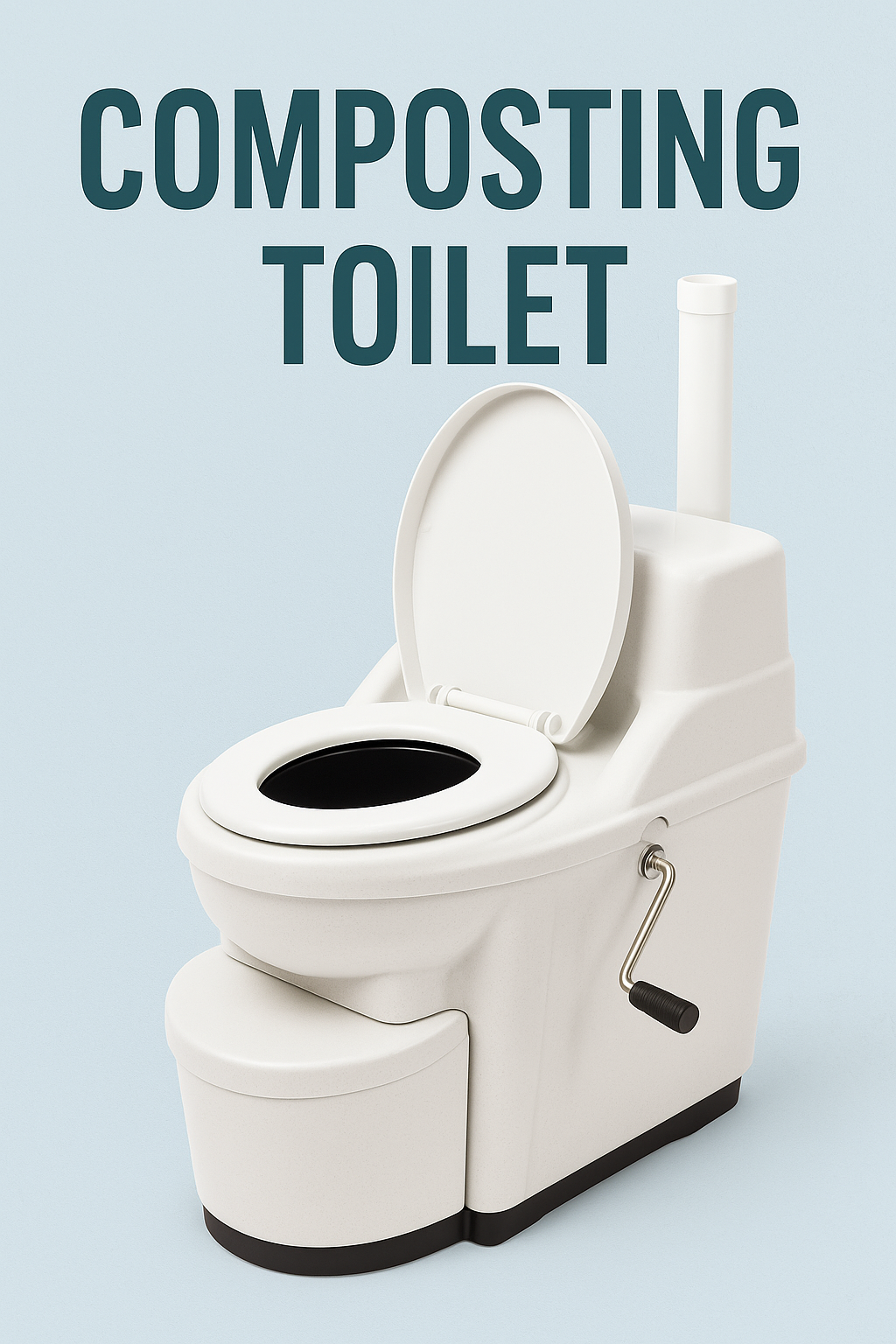How to Set Up a Composting Toilet on Off-Grid Land
Please note: this blog post is meant to be purely informational.
If you're building a cabin, camping long-term, or living off-grid in Utah, a composting toilet is one of the easiest ways to manage waste without plumbing. These low-maintenance systems don’t require a septic tank and can help you stay self-sufficient—without harming the environment.
Here’s how to choose, install, and use a composting toilet on your off-grid property.
Why Use a Composting Toilet?
Composting toilets are ideal for rural landowners who don’t want—or can’t afford—a full septic system. They’re especially useful if:
You’re living part-time on the land
You want to avoid the cost of permits or septic install
You need a temporary solution for a cabin or RV
You’re committed to sustainable off-grid living
They reduce water use, minimize odor when properly maintained, and can be moved or modified over time.
Types of Composting Toilets
There are two main categories:
🔌 Electric Composting Toilets
These models use fans and heaters to speed up the composting process.
Pros: Faster, odor control, more automated
Cons: Needs power (solar or generator), higher cost
🚽 Non-Electric Composting Toilets
These use passive ventilation and manual mixing.
Pros: Fully off-grid, low cost
Cons: Slower breakdown, requires more hands-on maintenance
Brands like Nature’s Head, Sun-Mar, and Separett are popular among off-grid users.
How to Set It Up on Your Land
1. Choose a Level, Well-Ventilated Spot
Whether you’re using it in a shed, outhouse, or tiny home, make sure the area is:
Protected from weather
Properly ventilated
Near your main living or camping area
2. Install a Vent System
Most composting toilets come with a small fan or air pipe to reduce odor and improve airflow.
Route it up and out the roof or back wall
Add a screen to keep bugs out
3. Add Composting Material
Before the first use, add a dry material like:
Sawdust
Coconut coir
Peat moss
This helps break down waste and manage moisture.
4. Separate Liquids (If Needed)
Some composting toilets separate urine from solids.
Solids go into the compost chamber
Liquids drain to a container or gray water system
This reduces smell and speeds up decomposition.
5. Maintain It Regularly
Stir or rotate the chamber as needed (every few days)
Empty the solids chamber every few weeks or as needed
Add more composting material as you go
When full, the waste should resemble dry soil. You can dispose of it according to local guidelines (often in a compost pile or landfill trash).
Legal Note: Is It Allowed in Utah?
Utah counties vary in what they allow for wastewater solutions. Many off-grid areas—especially unincorporated land—don’t require a septic if you’re not installing permanent plumbing.
⚠️ Always check with your county health department first, especially if you’re planning to build a permanent structure.
Bonus: Build Your Own Outhouse
Pair your composting toilet with a simple wooden outhouse or shed for privacy and shelter. This works well on seasonal lots or remote parcels in Argyle Canyon or Coyote Hills.
Final Thoughts
A composting toilet is an easy, budget-friendly way to bring comfort and sustainability to your off-grid land. Whether you’re prepping for weekend use or planning full-time living, it’s a smart first step in making your property more livable.


